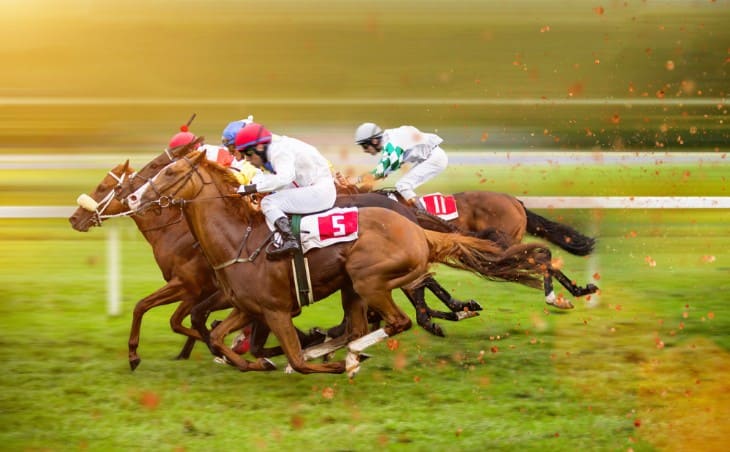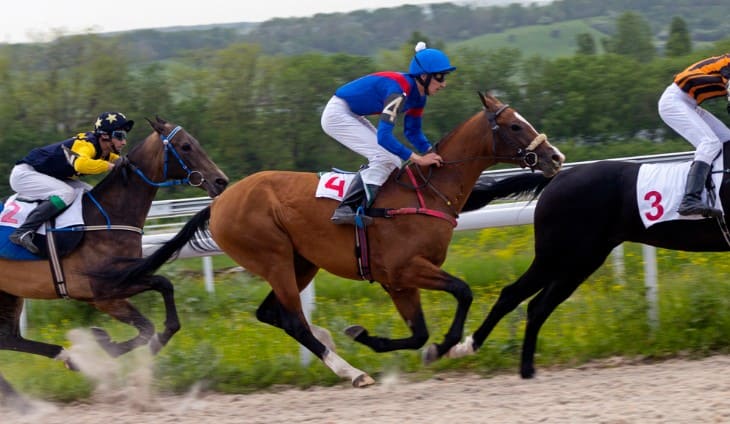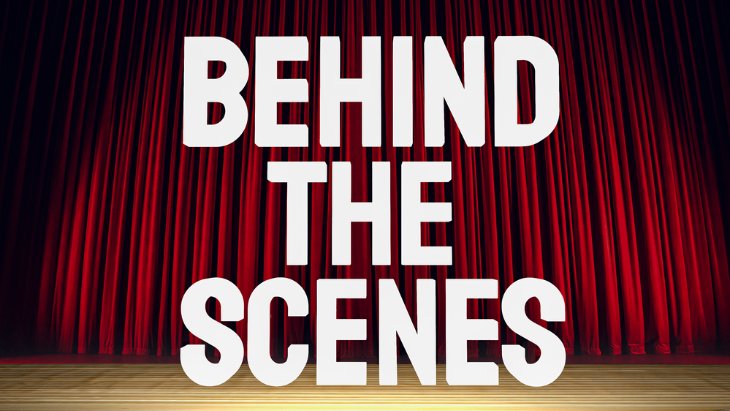In the British countryside, the long-standing tradition of horse training remains common. The United Kingdom's strong equestrian history has made it a center for the advancement of methods to train these animals. This article examines the traditional practices and unveils the lesser-known techniques behind horse training.
A Historical Overview of British Equestrian Heritage
Understanding British equestrian history is crucial to recognising its significance. The UK's equestrian journey spans from medieval knights to the Victorian era, covering a mix of cultural influences that gave rise to various training techniques.
In the Tudor era, the upper class engaged in "dressage", which focused on precise movements and discipline. These techniques have evolved into what is now known as classical dressage. Conversely, the requirements of farming and hunting communities gave birth to approaches like natural horsemanship, which prioritises the relationship and understanding between horse and rider.

Understanding Equine Psychology and Communication
Central to any successful horse training endeavour is the profound understanding of equine psychology and communication. Horses are sensitive beings, capable of perceiving even the subtlest of human cues. As we delve deeper into this chapter, we uncover the intricate web of communication that exists between horse and handler.
Through countless hours of observation and study, equestrians have discovered that horses possess a remarkable ability to read human body language and emotions. They can sense fear, confidence, and intention, making it imperative for trainers to cultivate a sense of calm assurance in their interactions. By tapping into these innate sensitivities, trainers can establish a foundation of trust that forms the bedrock of effective training.
Furthermore, grasping the nuances of equine psychology allows trainers to tailor their techniques to suit individual horses. Each equine personality is as unique as a fingerprint, requiring a personalised approach to training. By deciphering behavioural cues and adapting strategies accordingly, trainers can achieve remarkable results, paving the way for a harmonious partnership between horse and rider.
The Art of Bitless Bridle Training
As our exploration of horse training techniques continues, we arrive at a topic that sparks both curiosity and controversy – bitless bridle training. Traditionally, the bit and bridle have been symbols of control, used to communicate with the horse through pressure and release. However, an alternative approach has gained momentum in recent years, focusing on communication without the use of a bit.
Bitless bridle training introduces us to a realm where reins and pressure are replaced by subtle cues and communication. Advocates of this technique argue that it encourages a deeper connection between horse and rider, as it eliminates the potential discomfort or pain caused by traditional bits. Instead, trainers rely on the horse's natural responses and cues, encouraging a more nuanced form of collaboration.
It's important to note that bitless bridle training isn't a one-size-fits-all solution. Like any technique, it requires a thoughtful and skilled approach, tailored to the individual horse's needs and sensitivities. When executed with precision and care, bitless bridle training can lead to remarkable breakthroughs in trust, responsiveness, and overall performance.
Classical Dressage Principles in Modern Horse Training
In our exploration of horse training methods, we delve into the age-old practice of classical dressage. Originating from the sophisticated courts of Europe, this method combines strength with beauty, resulting in fluid movements that highlight both the horse's agility and the rider's skill.
Classical dressage isn't merely about intricate patterns; it centres on the deep connection between horse and rider. Balance, flexibility, and gathering are core to this approach, requiring both physical skill and cognitive involvement.
Today's trainers are influenced by classical dressage, integrating its tenets into their training approaches. By adopting these methods, they shape horses that are not only physically proficient but also mentally sharp. Emphasising consistency, calmness, and accuracy leads to a bond that resembles a dance – a seamless interaction between two harmonious entities.
Building Trust and Partnership through Natural Horsemanship
Within the diverse world of horse training, natural horsemanship stands out as a philosophy cherished by those aiming for a profound bond with their horses. Founded on the principle that empathy and respect are the keys to collaboration, this method nurtures a relationship rooted in trust and mutual respect.
Central to natural horsemanship is the idea that trainers should immerse themselves in the horse's perspective, perceiving and experiencing as the horse does. Through this compassionate viewpoint, trainers refine their communication, using non-verbal cues, intent, and energy to share their wishes. This establishes a dialogue that goes beyond spoken words, tapping into the horse's natural responses.
What makes natural horsemanship especially captivating is not just its efficacy but its adaptability. It can be tailored to various scenarios, whether training an energetic colt or aiding a distressed rescue horse. By recognizing each horse's unique personality and requirements, trainers act more as mentors than commanders, coaxing the horse to willingly engage in the learning journey.

Exploring the Benefits of Positive Reinforcement Training
In our exploration of horse training techniques, we arrive at a modern approach that celebrates the power of positivity – positive reinforcement training. Drawing inspiration from psychology and behavioural science, this technique flips the script on traditional methods by rewarding desired behaviours rather than punishing unwanted ones.
Positive reinforcement operates on a simple principle: when a horse performs a desired action, it is met with a reward, such as treats, praise, or even a gentle scratch. Over time, this creates a direct association between the action and the reward, encouraging the horse to willingly repeat the behaviour. It's a bit like teaching a horse to say "please" and "thank you" through their actions.
Beyond the immediate training sessions, positive reinforcement builds a positive and trusting relationship between horse and handler. The horse begins to view training as a fun and engaging activity, eagerly offering behaviours in search of that sought-after reward. This shift in perspective transforms the training arena into a space of mutual enjoyment and learning.
Of course, like any technique, positive reinforcement requires skill and precision. Trainers must carefully choose their rewards, time their reinforcement, and maintain consistency to ensure that the horse understands the desired behaviours. When executed correctly, positive reinforcement can foster a sense of partnership and enthusiasm that enriches the training experience for both horse and rider.
Unveiling the Secrets of Problem-Solving and Behaviour Modification
No journey through the world of horse training would be complete without addressing the challenges that inevitably arise along the way. In this chapter, we delve into the realm of problem-solving and behaviour modification – the tools that skilled trainers wield to navigate the complexities of equine behaviour.
Horses, like any living beings, can exhibit a range of behaviours that may challenge their handlers. From stubbornness to fear-driven reactions, these actions can pose roadblocks in the training process. However, these challenges are not insurmountable – they are opportunities for growth and understanding.
Problem-solving and behaviour modification involve a systematic approach to identifying the root causes of unwanted behaviours and creating strategies to address them. Skilled trainers rely on their knowledge of equine psychology, communication techniques, and training principles to unravel the layers of each behavioural puzzle.
By understanding the motivations behind the behaviours, trainers can tailor their interventions to effectively modify and redirect the horse's responses. This may involve desensitisation exercises, gradual exposure to triggers, or even incorporating positive reinforcement to encourage more desirable reactions.
Through these techniques, trainers not only overcome obstacles but also foster a deeper connection with their horses. The process of problem-solving becomes a dialogue, a means of uncovering the horse's thoughts and feelings, and ultimately, a pathway to building a more harmonious partnership.
Harnessing the Power of Technology in Contemporary Horse Training
In the ever-evolving landscape of horse training, the influence of technology has become increasingly prominent. From advanced riding simulators to wearable sensors, the digital age has ushered in a new era of training possibilities. In this chapter, we'll take a closer look at how technology is harnessed to enhance the training experience for both horse and rider.
Imagine stepping into a virtual world where you can fine-tune your riding skills and explore different training scenarios without ever mounting a horse. Riding simulators, equipped with motion sensors and realistic feedback mechanisms, provide a platform for riders to practice their techniques, refine their balance, and experiment with new cues. These virtual training sessions complement real-life riding, offering a safe and controlled environment for skill development.
Beyond the virtual realm, wearable sensors have revolutionised the way we monitor equine performance and well-being. From heart rate monitors to gait analysis sensors, these devices offer insights into the horse's physical condition and movement patterns. Trainers can track the horse's progress, detect subtle changes, and tailor their training regimes to ensure optimal performance and comfort.
While technology undoubtedly enhances training, it's important to strike a balance between the digital and the traditional. The art of horsemanship is rooted in the connection between horse and rider, and no amount of technology can replace the human touch. Instead, technology serves as a valuable tool, complementing the skills and intuition of the trainer and enriching the training journey.
Nurturing Soundness and Well-being: Holistic Approaches in Equine Training
As our journey through horse training techniques draws to a close, we turn our attention to a fundamental aspect often overlooked – the holistic well-being of our equine partners. Beyond the physical exercises and behavioural cues, it's imperative to consider the horse as a whole being – body, mind, and spirit.
In essence, holistic approaches remind us that training is not a one-dimensional endeavour. It's an intricate dance that encompasses every facet of the horse's being. By nurturing the horse's soundness and well-being, trainers create a foundation of vitality and happiness that is reflected in their performance and their partnership with humans.
Conclusion
In summarizing our analysis of horse training techniques, it's essential to recognize the broader approach that prioritizes the physical, mental, and emotional well-being of the horse. This method is not just about training but extends to a comprehensive care regimen.








